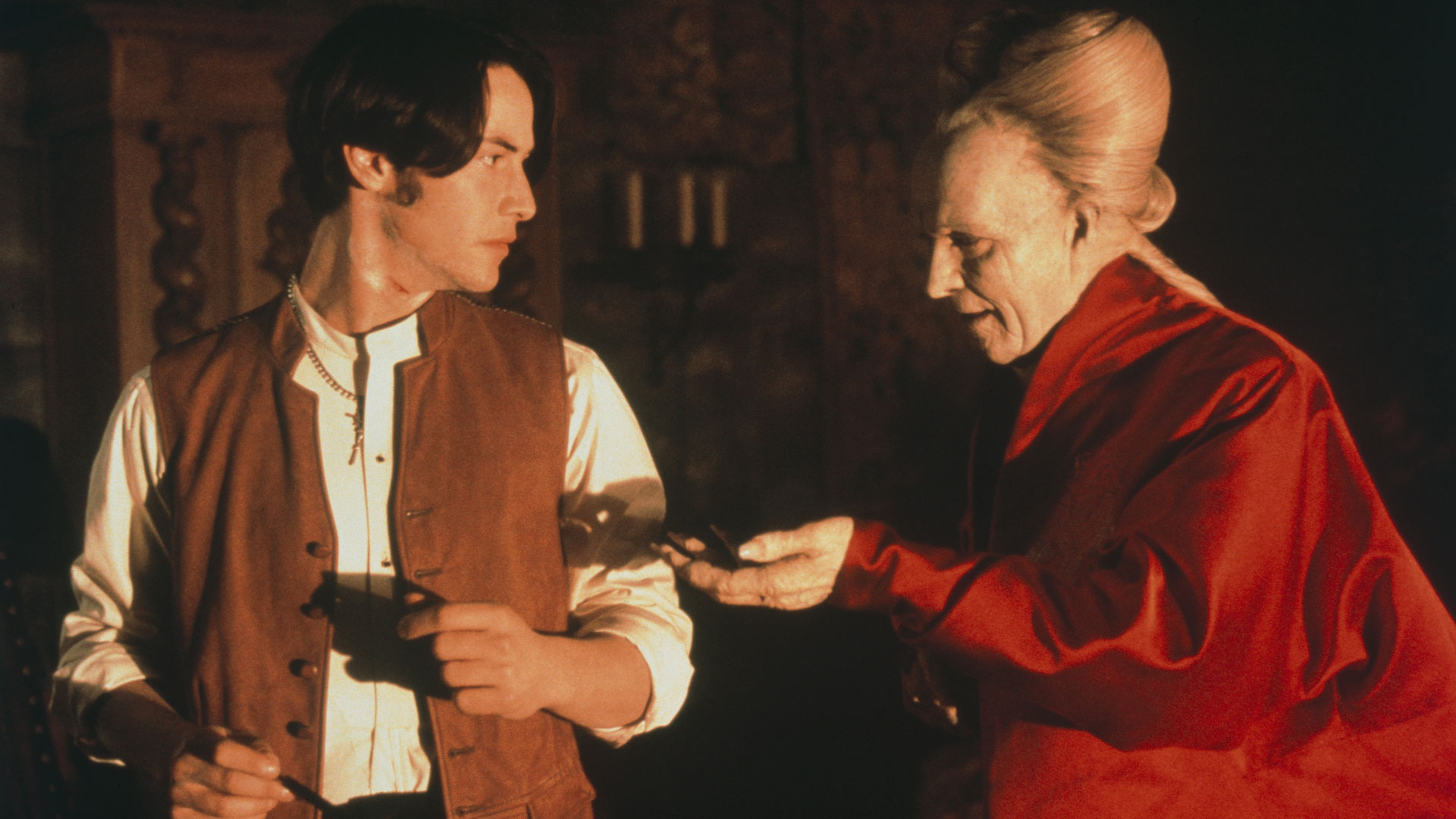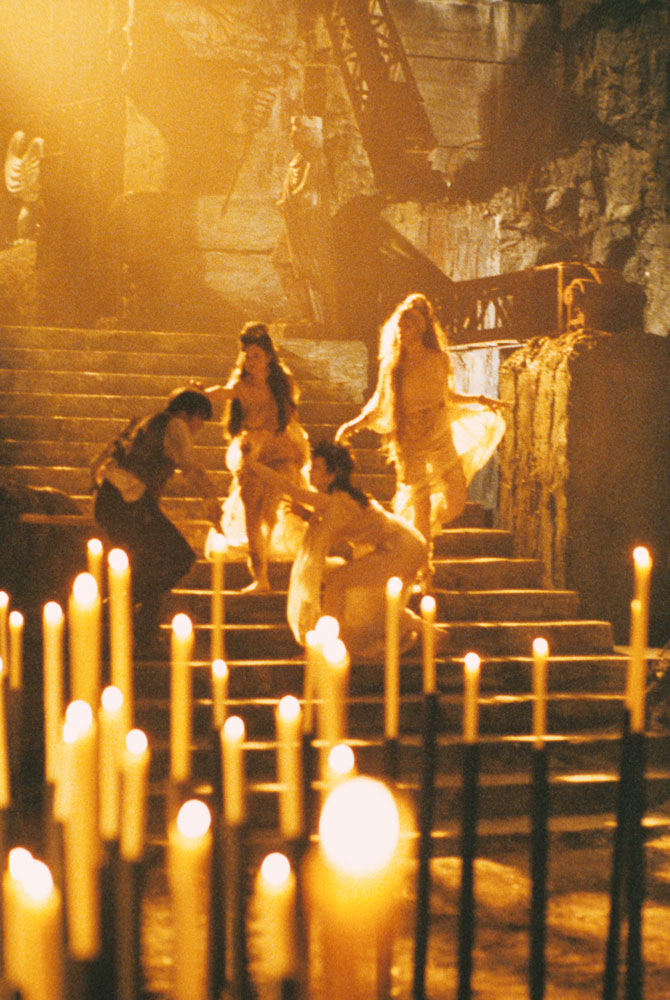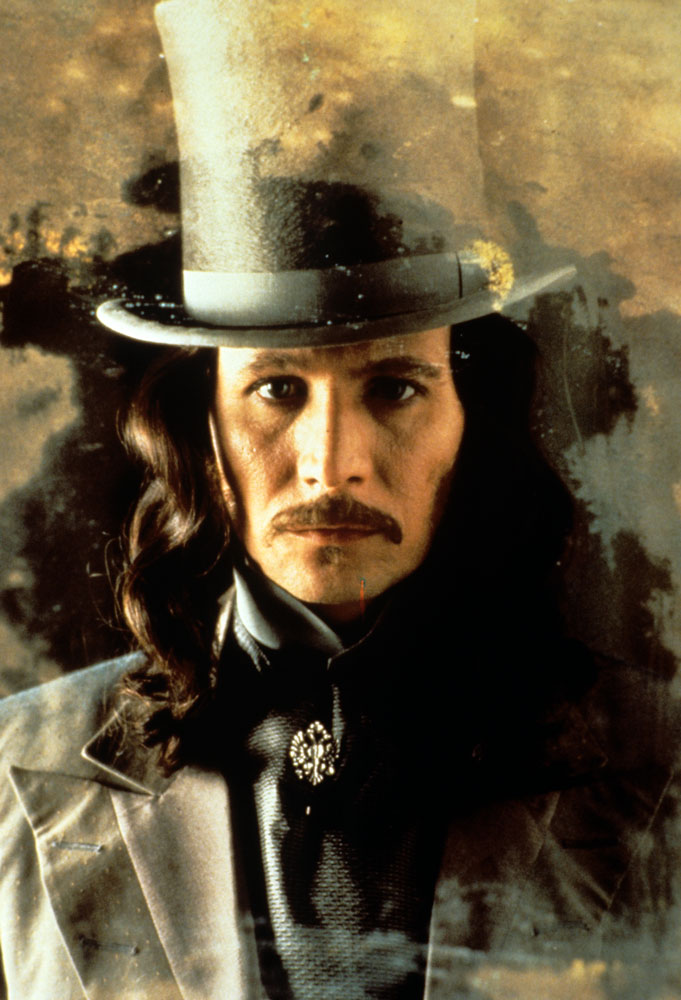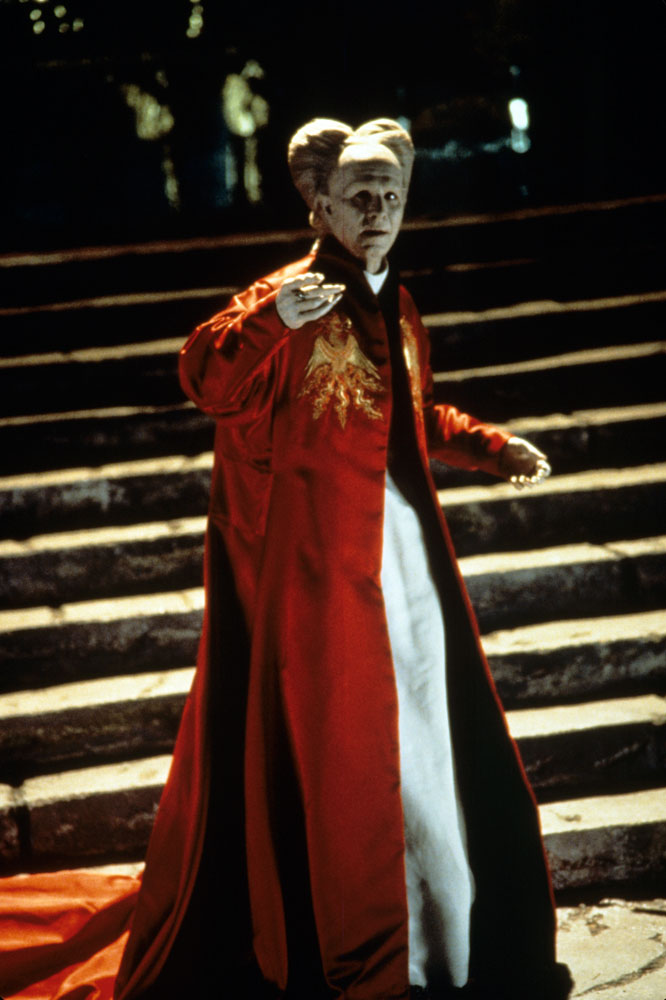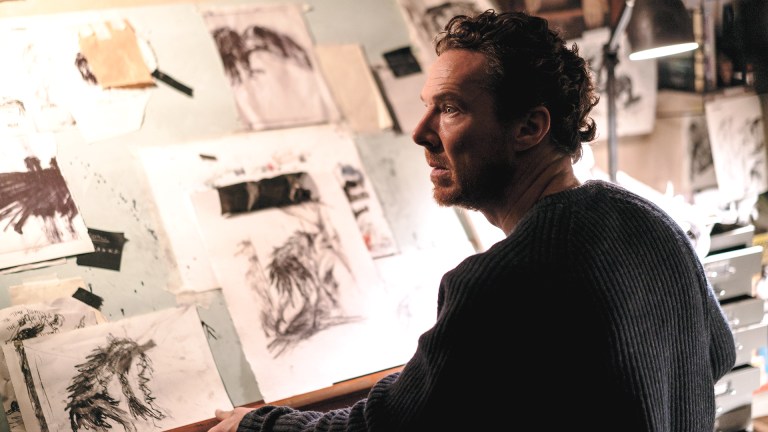“I don’t drink… wine.” “Listen to the children of the night… what sweet music they make.” “They say you are a man of good… taste.” Delivered with wry danger by Gary Oldman as the Count, so many lines from the 1992 movie Bram Stoker’s Dracula were instantly iconic. They’re still delicious to mimic 30 years on, but it is the sheer beauty of the film that secures its place at the pinnacle of gothic filmmaking.
Dismissed before its release by Hollywood critics, who deemed the production too strange, bloody and violent, Coppola’s take on the classic vampire tale leaves nothing on the table. Informed by Italian giallo horror, it turns everything up to 11. No colour is left unsaturated, no dark shadow undermilked for its portents of woe. In fact, shadows move of their own accord, freed from the laws of physics to menace the unwary. It’s a wild ride. Unimpressed, critics dubbed the movie “Bonfire of the Vampires” after the notorious 1990 flop The Bonfire of the Vanities.
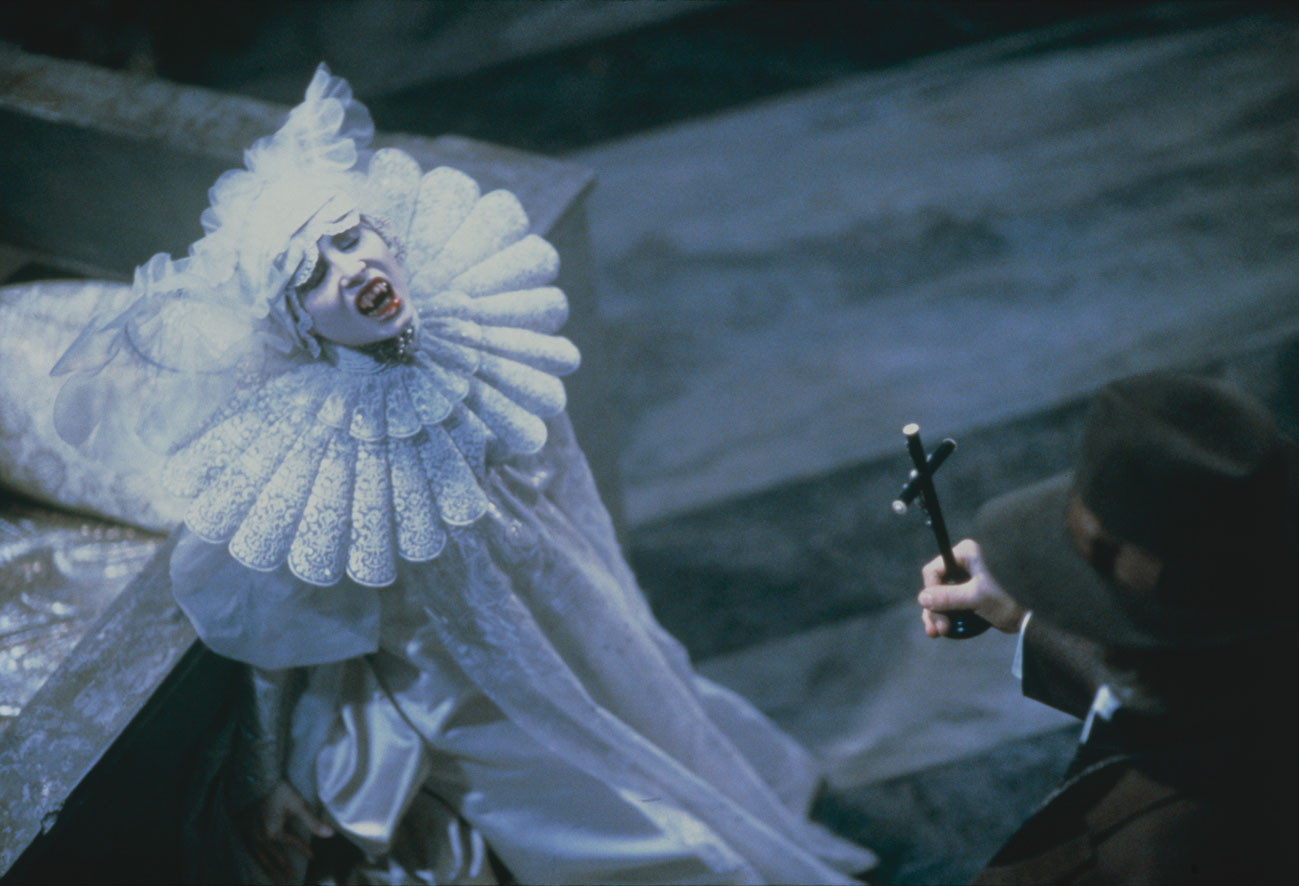
Audiences felt differently. Earning $215 million worldwide, the movie went on to be one of the most successful projects of Coppola’s career. It took three Oscars, for best costume design, make-up and sound editing. Three decades on, the movie still has a passionate fanbase – precisely because it is so singular. For its anniversary, it’s getting an ultra-HD deluxe rerelease on Blu-ray and will be back in cinemas across the country. It’s a prime opportunity to bathe once more in its over-the-top glory.
The oddness of the film was always deliberate. Briefing set designers, Coppola told them simply to bring him something “weird”. The result is a breathtakingly sumptuous decadence, an utter dedication to the ‘more is more’ aesthetic. Mysterious eyes glow from glowering skies as Keanu Reeves’s hapless lawyer, Jonathan Harker, takes the train across Europe to meet his fate in the castle of Count Dracula; a young, still-living Vlad Dracul plunges an ornate sword into a stone cross, which gushes forth with the blood of Christ.
Even back in 1992, Coppola was under pressure to create these effects with computer assistance. Coming out just a year before Jurassic Park digitally brought dinosaurs back to life, Bram Stoker’s Dracula defiantly looked back on the history of cinema rather than forward to the incoming era of CGI and VFX wizardry.
Recalling his thought process to Entertainment Weekly around the time of the 25th anniversary, Coppola said his reasoning had been: “Dracula was written at the same time as cinema was invented. What if I made Dracula much in the way that the earliest cinema practitioners would have? You know, making a thing that is in fact what it is also about.”
